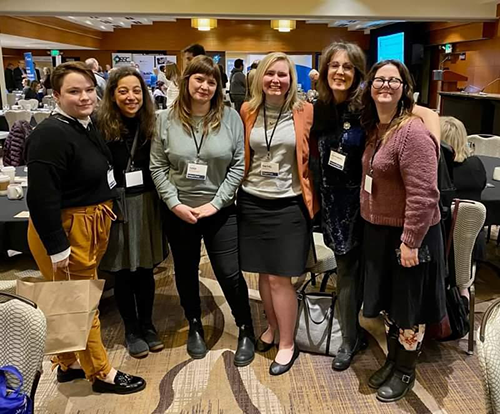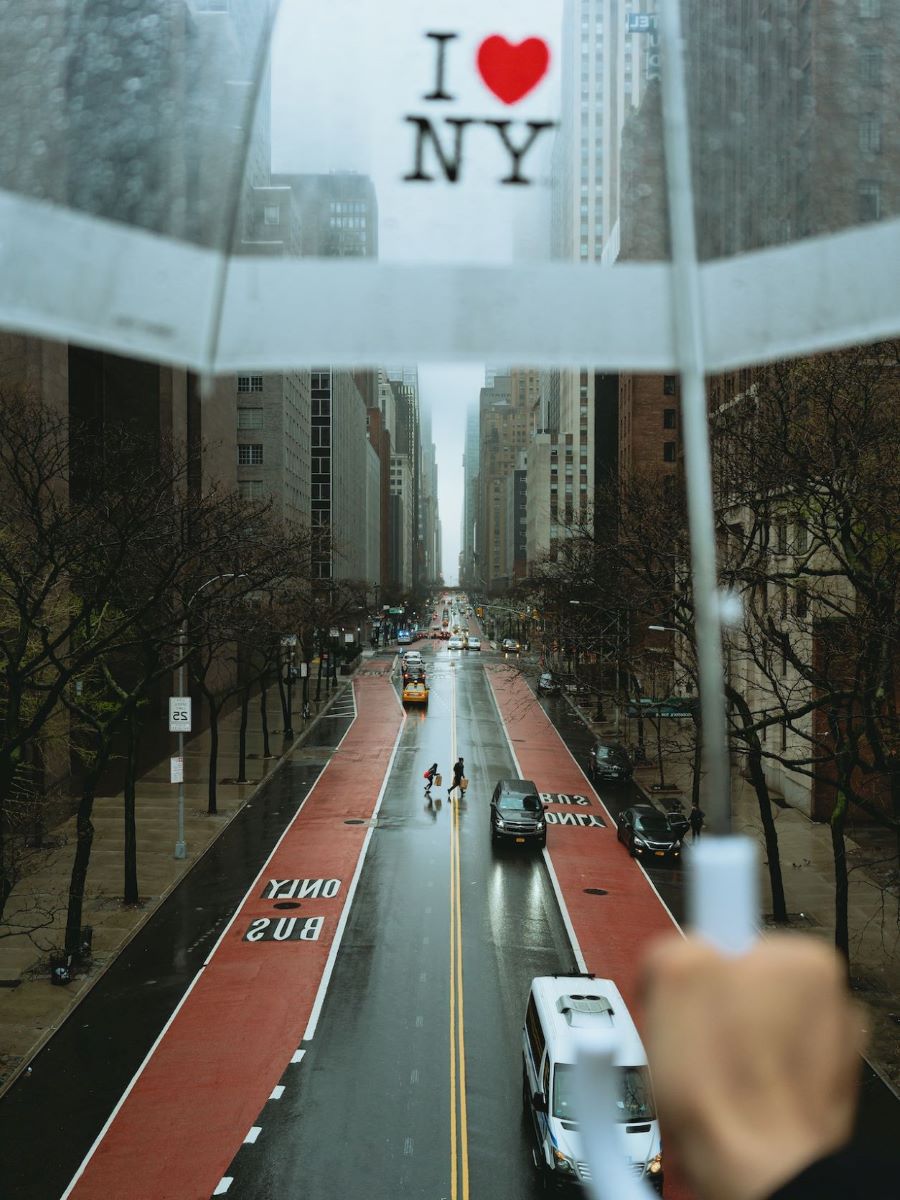Queering the Narrative: The Past and Present of LGBTQ+ Publishing
Queer literature has long been subjected to morality clauses, bans, and pathologizing narrative requirements. For the first time in history, publishers today are facing the expectation that they will have queer titles in their catalogs, lest they lose sales. Even in the face of a rise in book ban attempts, queer readers are being recognized as a valuable and essential market.




